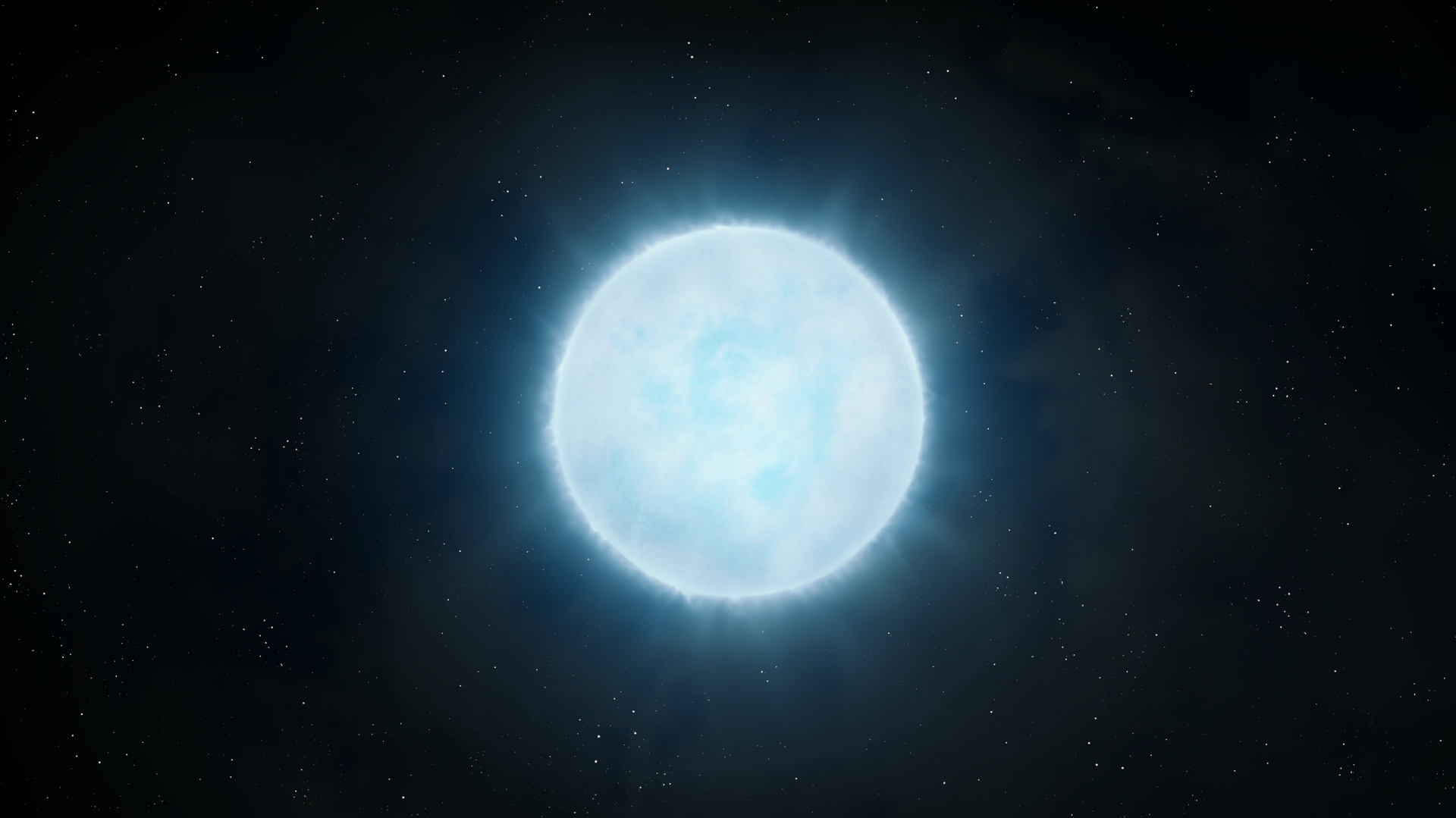On this day in space! Dec. 24, 1978: Venera 11 lands on Venus
On Dec. 24, 1978, Venera 11 landed on Venus.
On Dec. 24, 1978, Venera 11 landed on Venus. Venera 11 was a robotic mission launched by the Soviet Union to explore Venus along with its sister spacecraft Venera 12.
Venera 11 launched in September of 1978 just five days before Venera 12. Three and a half months later, the spacecraft arrived at Venus and dropped off the lander. The descent took about an hour, and Venera 11 made a soft landing on the surface at about 10:30 p.m. EST.
The Venera spacecraft had instruments designed to study the planet's atmosphere and temperatures, as well as the chemical composition of its soil. It even carried a device called Groza that detected lightning on Venus. Although it did have cameras on board, the lander didn't take any photos of Venus because the lens cover failed to pop off.
On This Day in Space: See our full 365-day video archive!
Breaking space news, the latest updates on rocket launches, skywatching events and more!

Hanneke Weitering is a multimedia journalist in the Pacific Northwest reporting on the future of aviation at FutureFlight.aero and Aviation International News and was previously the Editor for Spaceflight and Astronomy news here at Space.com. As an editor with over 10 years of experience in science journalism she has previously written for Scholastic Classroom Magazines, MedPage Today and The Joint Institute for Computational Sciences at Oak Ridge National Laboratory. After studying physics at the University of Tennessee in her hometown of Knoxville, she earned her graduate degree in Science, Health and Environmental Reporting (SHERP) from New York University. Hanneke joined the Space.com team in 2016 as a staff writer and producer, covering topics including spaceflight and astronomy. She currently lives in Seattle, home of the Space Needle, with her cat and two snakes. In her spare time, Hanneke enjoys exploring the Rocky Mountains, basking in nature and looking for dark skies to gaze at the cosmos.
You must confirm your public display name before commenting
Please logout and then login again, you will then be prompted to enter your display name.

